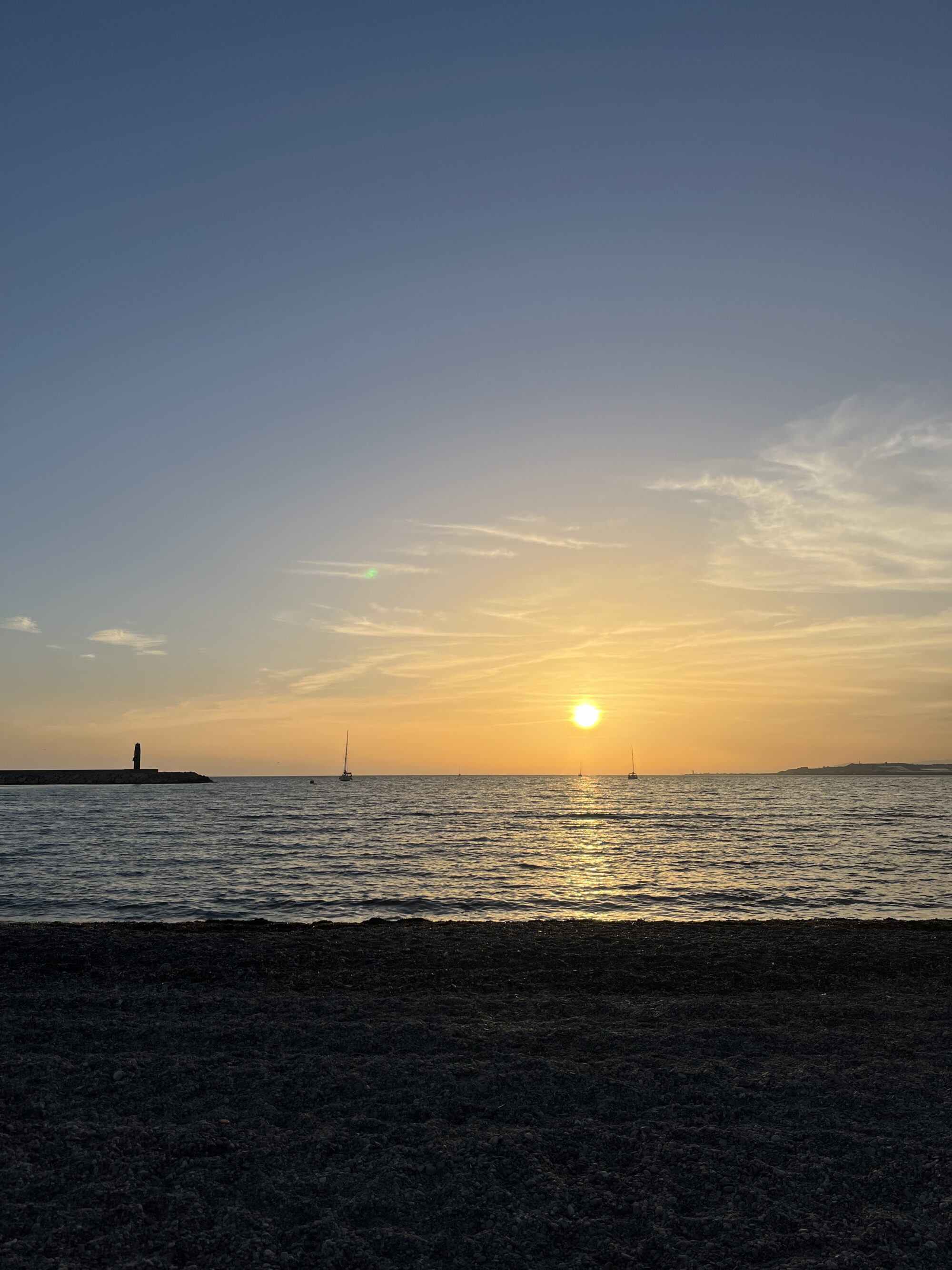Translated directly from the original Spanish version
During the two-week break at Almerimar Port, we carried out several tasks on the boat to get it ready for the transatlantic crossing. The most important project was installing a new autopilot, more powerful and with a modern processor, which we hoped would offer greater reliability in adverse conditions and with the large waves typical of the Atlantic Ocean.
We also placed the final orders for supplies, as Almerimar would be our last stop on the Iberian Peninsula, allowing us to receive shipments more easily and with shorter transit times.
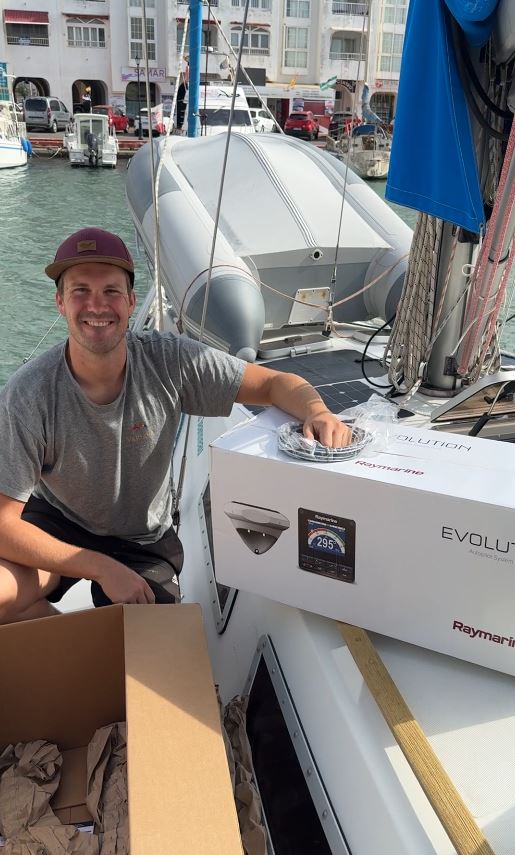
Additionally, we worked on other projects, such as replacing the hatch seals, sewing a lee cloth for the starboard sofa to prevent us from falling during night crossings, reinforcing the solar panels and the bimini, and finding international insurance coverage. Of course, we also planned the next crossing, whose main challenge was finding the ideal weather window. During our stay, we had predominantly westerly winds, preventing us from sailing westward, so we had to wait for suitable conditions.
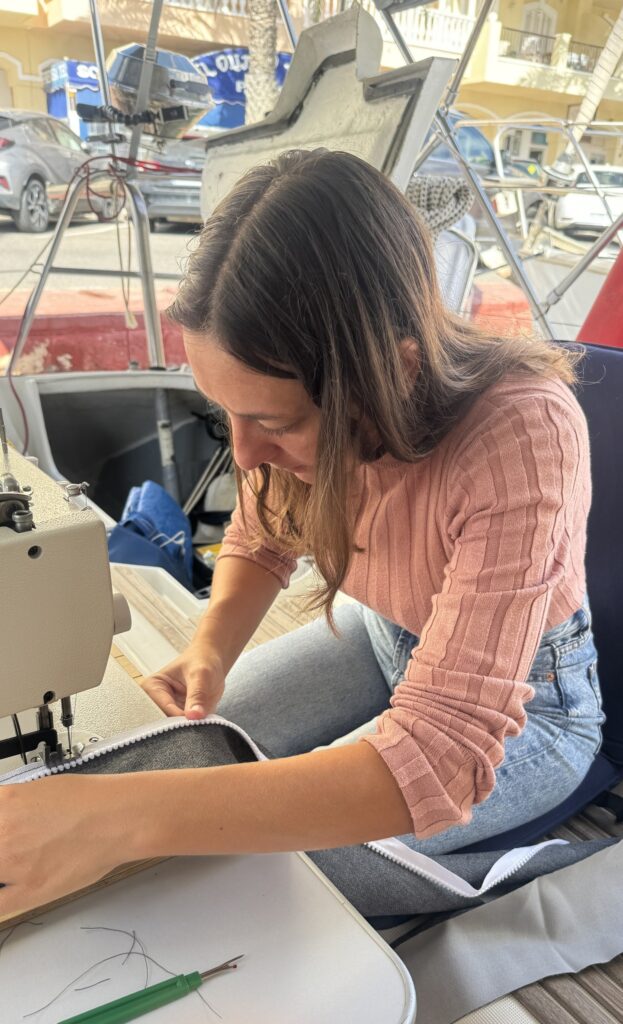
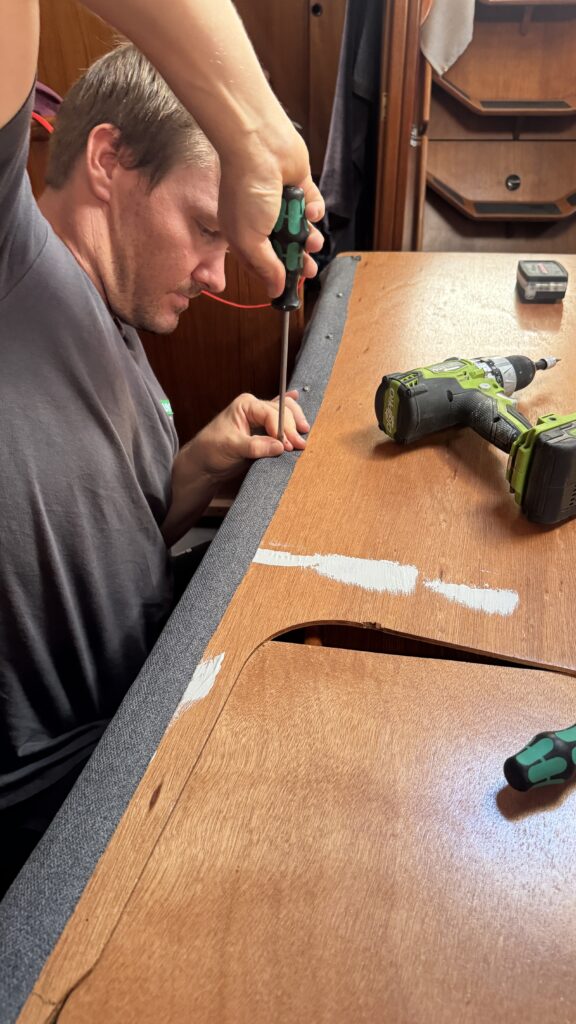
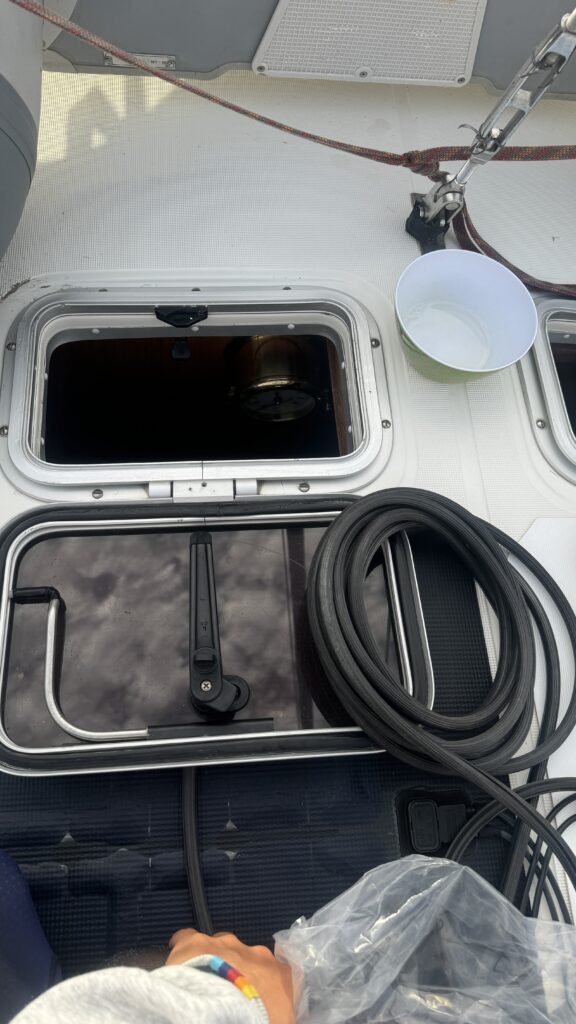
Finally, with light north winds, we set sail from Almerimar on October 17th, heading to Ceuta, the Spanish autonomous city bordering Morocco and located across the Strait of Gibraltar.
After the first hours of sailing, the wind shifted east and began to increase, allowing us to accelerate. As a result, we lost contact with the other boats and arrived a few hours ahead of schedule.
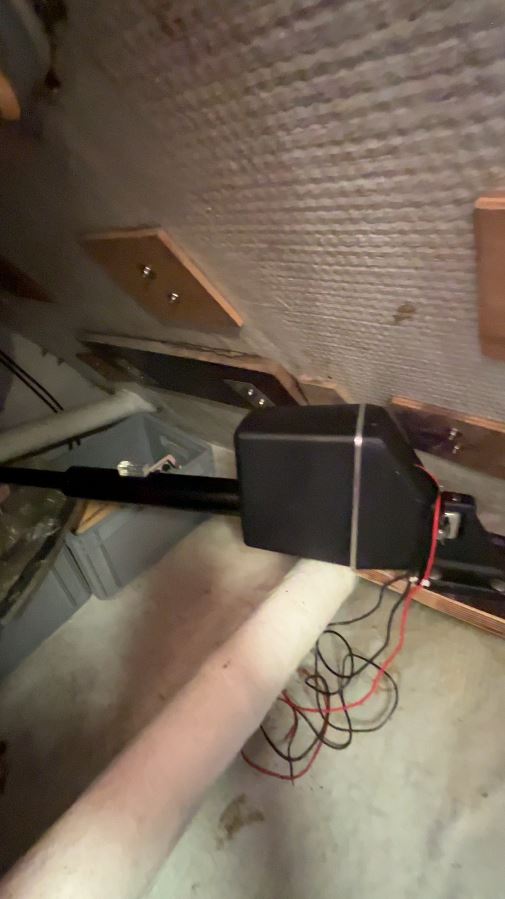
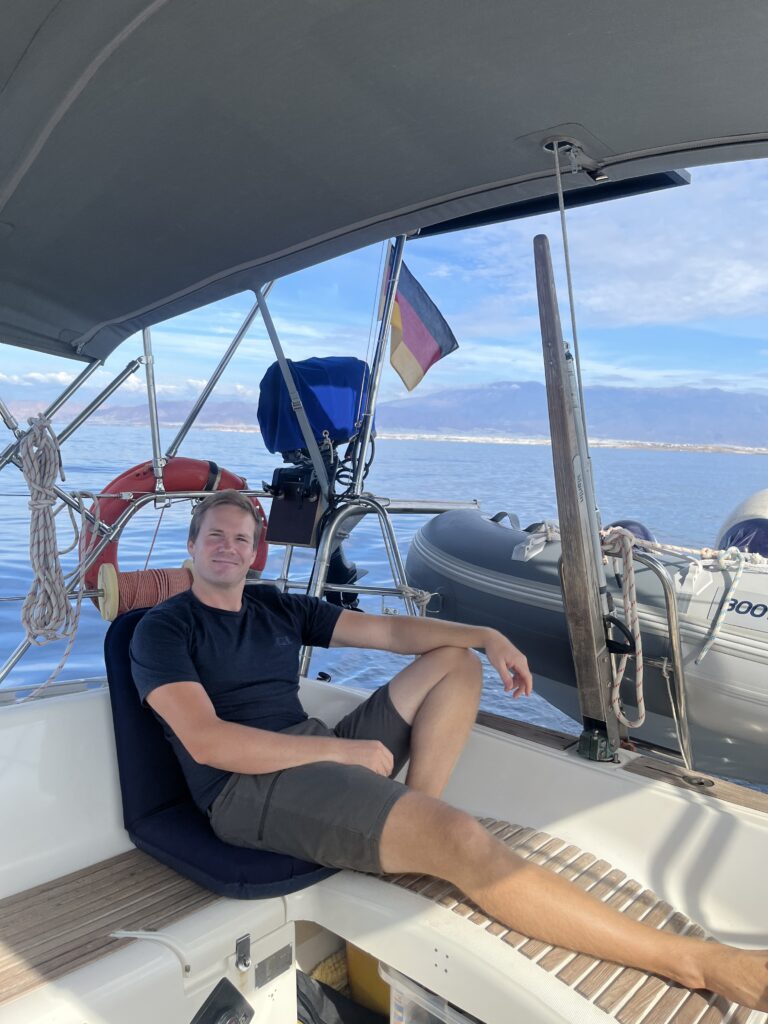
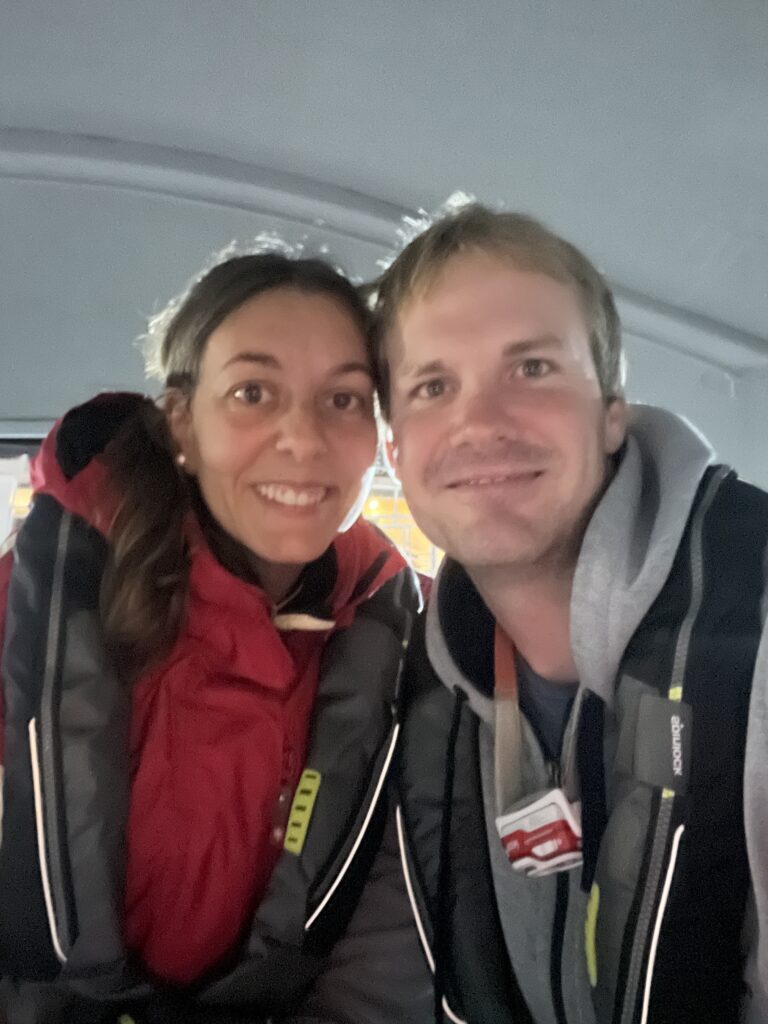
Upon arrival in Ceuta, we immediately noticed the cultural influence of Morocco. The streets, people, and gastronomy exuded an Arab atmosphere and essence. Although the official language is Spanish, many people also spoke Arabic. With the change of continent, we truly realized the great adventure that awaited us, both on land and at sea.
During our three-day stay in Ceuta, we prepared for the next leg to Tangier, Morocco, along with Inés and Peter from the sailing yacht Vaquita, and Heli and Tim from the yacht Moana, carefully planning the navigation and paying special attention to the currents to cross the Strait of Gibraltar. To minimize the risk of encounters with orcas, we decided to motor sail with the help of the genoa and sail near the coast, staying in waters with a maximum depth of 20 meters.
Due to tides and currents, we set sail at nightfall. After having pizza on board Vaquita, we started the engines and headed to Tangier. This flotilla trip was one of the longest motor sailings (about 10 hours) we had done so far. Fortunately, the crossing required a lot of attention, and with the radio conversations with our companions, the engine noise went almost unnoticed. We had perfect conditions, with calm seas, favorable currents, and light downwind.

